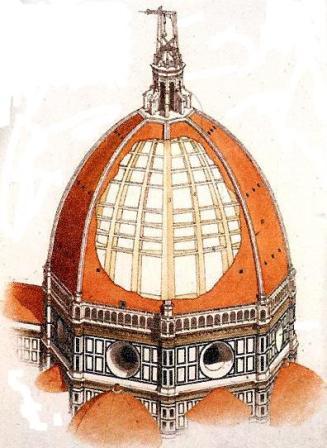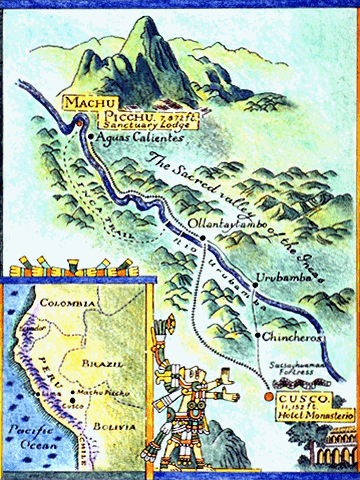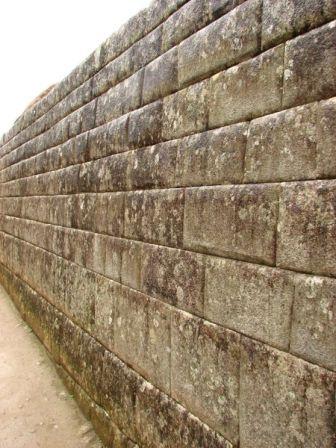Late Middle Ages
The Late Middle Ages (1300 to 1450)
In the history of project management the period was dominated by the cataclysmic epidemic of the Black Death which had a massive impact on China, Asia, the Middle East, and Europe in terms of the population, economy, and trade. The latter part was dominated by the start of Renaissance period which changed many aspects of medieval life. From a project management perspective the cathedral boom continues because of their economic impact on towns. The Black Death had an enormous negative impact, stopping and closing projects. However, at the start of Renaissance there was a resurgence in construction. Projects were controlled by the church and state but commercial projects became more prominent with the renaissance and there was a move to a money economy from one based on barter.
|
Florence Cathedral Duomo Project (1407-1436)The project was driven by a rapid population expansion, the financial revolution, and the emergence of the money economy and banks. The prosperous city of Florence wanted to match or exceed in size the much larger cathedrals that were being built. For Florence this project was all about prestige. The Consuls of the Guild of Wool made up the project sponsors who sat on the executive board. Like many medieval cathedral the overall project spanned 140 years. The project begun in 1296 and the major construction was completed by 1407 without the dome or cupola which was the most complex part of the project. The work was completed in 16 years. It is still the largest masonry dome in the world and has been one of the most impressive projects of the Renaissance. For the architect Brunelleschi this was a difficult project were not only he had to keep proving himself but he had to drive the project to completion. He was hampered by his project sponsors, the stakeholders (citizens) and his appointed assistant. His ingenuity and skill resulted in the construction of the first dome since the time of the Romans, but much must be attributed to the way he managed the project overall, managing his stakeholders, and his communication management.
|
 |
Machu Picchu, Inca city in Peru, circa 1450The citide isl 9060 feet (2,761m) above sea level on a mountain ridge in Peru. Often referred to as the Lost City of the Incas." It was built around the year 1450, at the height of the Inca Empire but abandoned a hundred years later. The stone used was granite one of the hardest stones in existence. Even with today's modern technology, it can take hours to cut through granite and requires specialized tools. Not only were the stones interlocking, but they were also polished and very smooth. The project objective was to create a citadel that was secluded, self contained, and difficult to attack. The effort and expenditure was justified. Surrounded by steep cliffs on 3 sides and a river, Machu Picchu was secluded by the thick jungle. It had only one narrow entry point so it could be successfully defended by a small force. The 5 mile² (13 km²) city holds the ruins of palaces, temples, baths, and about 150 dwellings. An estimated 300 people lived here, maintaining the city and the crops, on a regular basis.
|
 |
Masons of Machu PicchuThe Incas were among the best stone masons the world has seen, and many junctions in the central city were so perfect that it was not possible to put a knife blade fits between the stones. The Incas were masters of this technique, called ashlar, in which blocks of stone were cut to fit together tightly without mortar. The Incas had an “organic” relationship with the stone, incorporating natural outcrops into walls and building features, and finding natural fractures and features to minimize work in quarrying it out. When the Spanish Viceroy of Peru saw Machu Picchu he claimed it was the work of the devil, because the walls fitted like gems, something he thought not possible to be built by humans. |
 |
